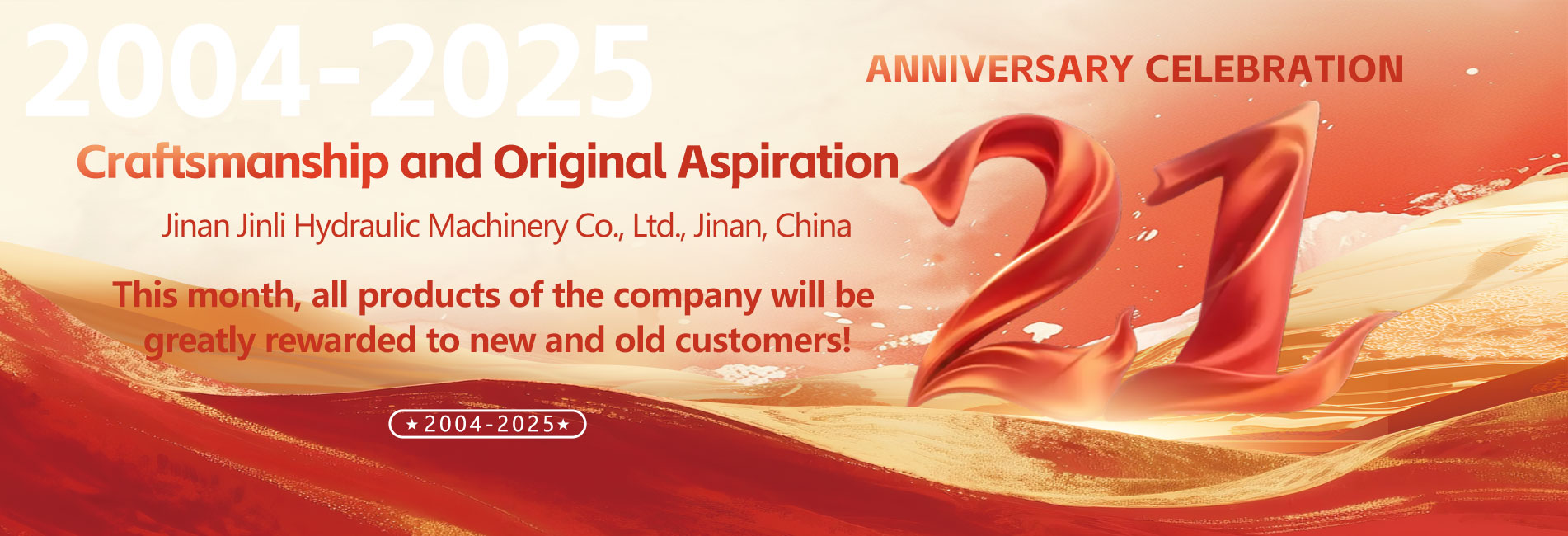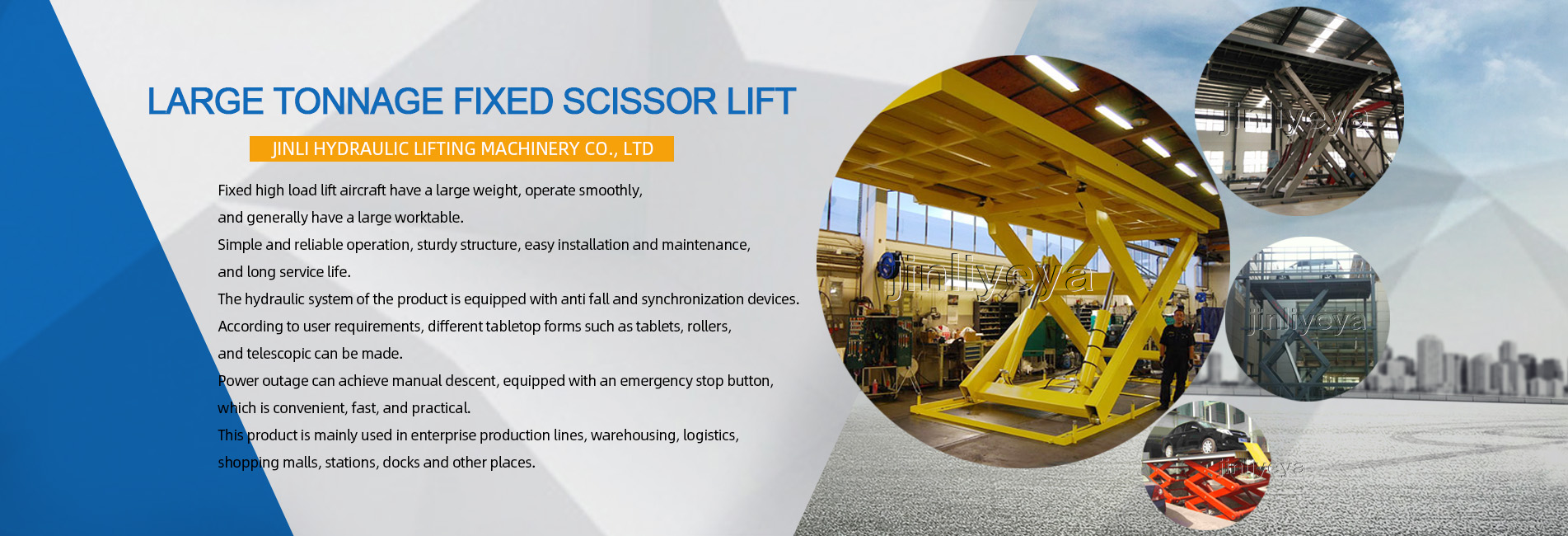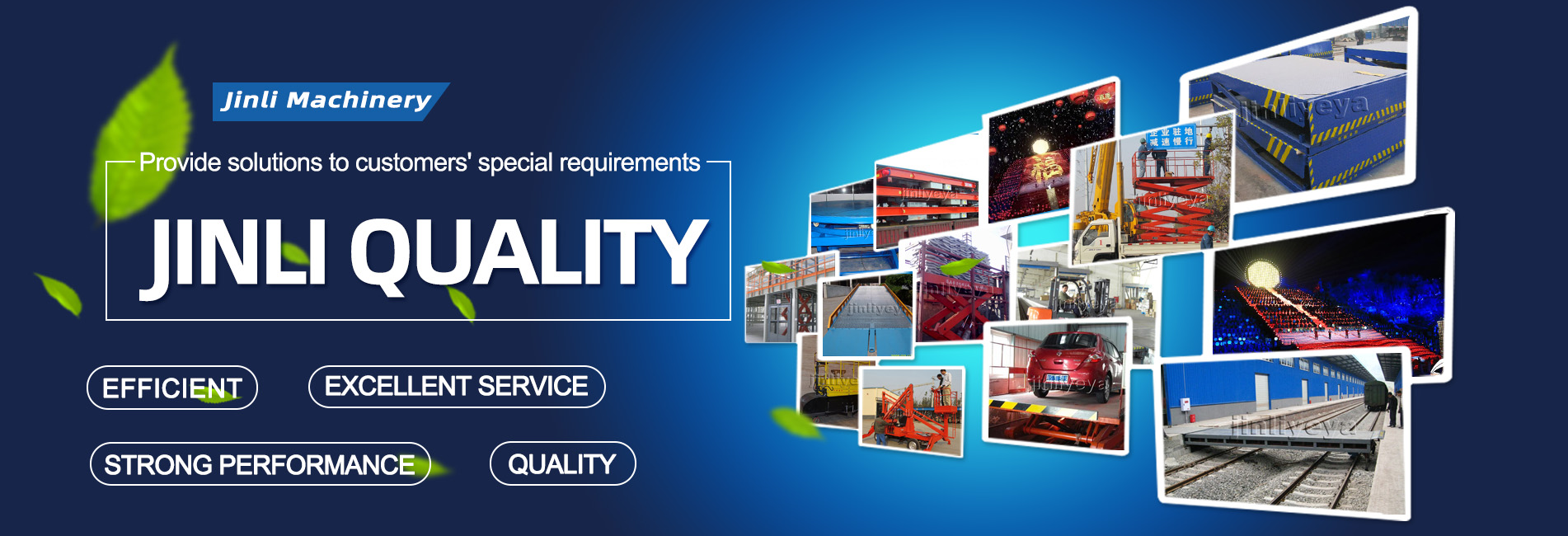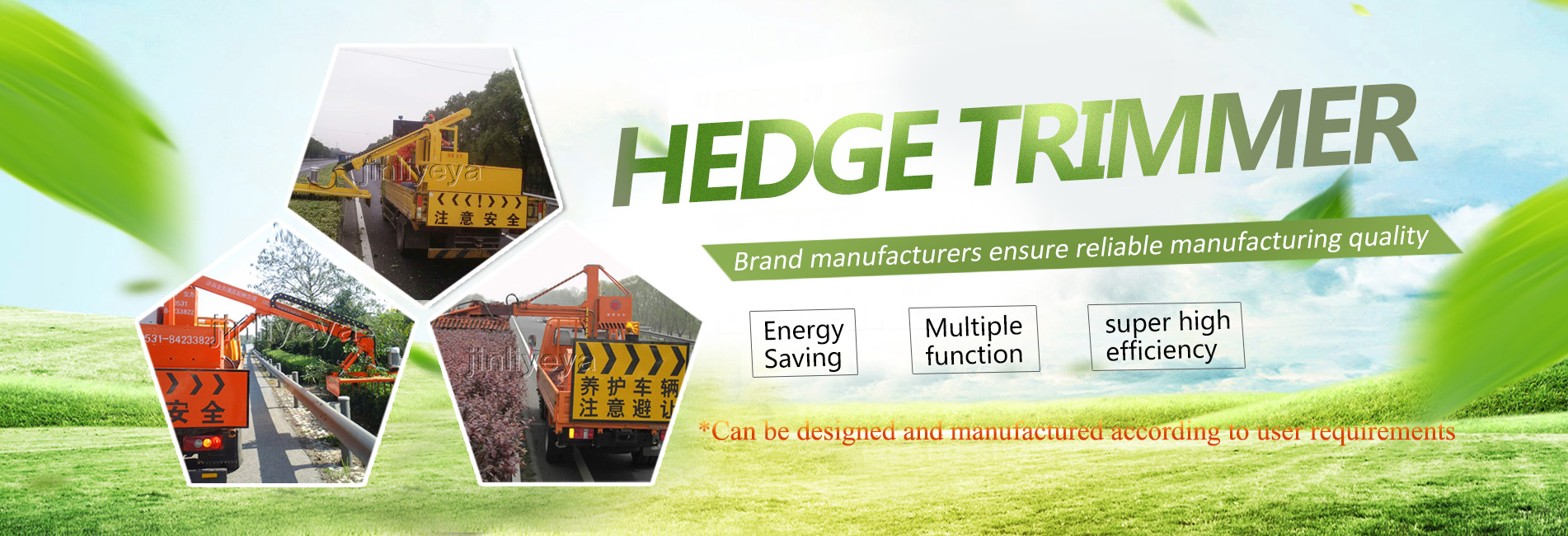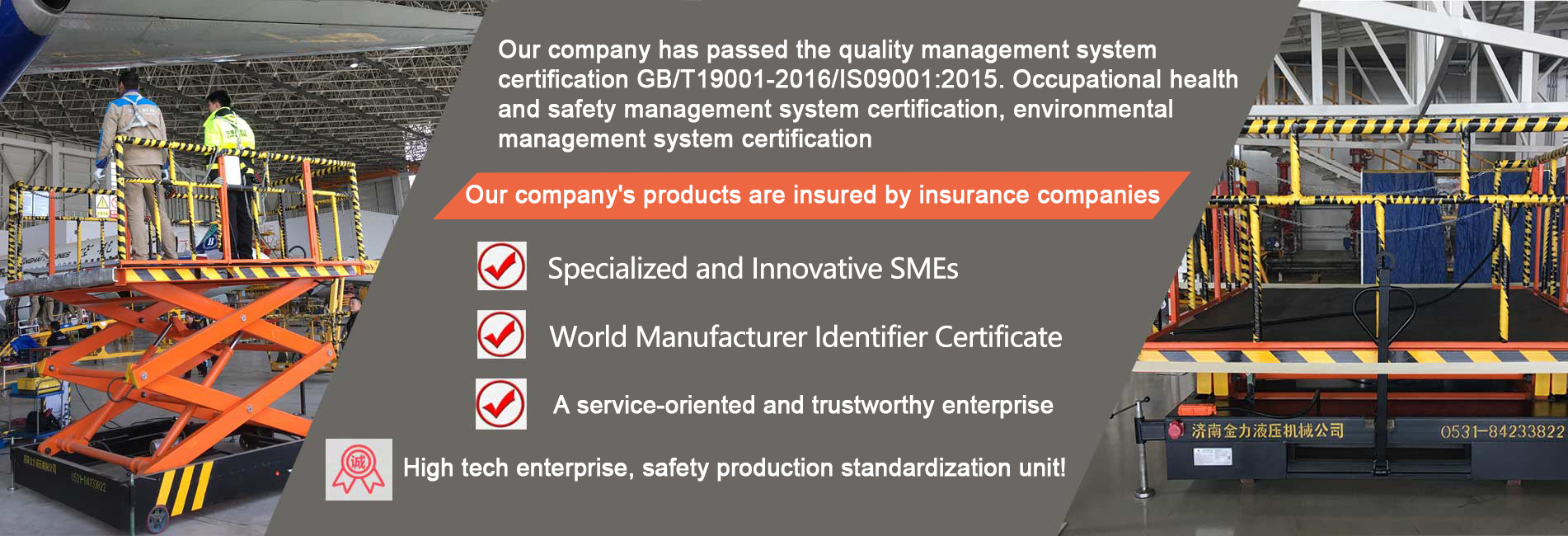Hydraulic oil pipes are very important for elevators, which is also a concern for many customers. Will the oil pipe burst, will the oil pipe leak, and so on. Now let me explain to you the safety factor and tolerable pressure value of hydraulic oil pipes!
The oil pipe pressure of conventional elevators is around 45MPa, and the bearing capacity of this pressure value is about 20 tons. The carrying capacity of our regular products is only 300KG, and I think everyone understands this safety guarantee value without saying it.
Attention: Hydraulic oil pipes will not burst under conditions that are not affected by external factors. It is important to pay attention to this and prevent the oil pipes from coming into contact with sharp objects, as well as from being excessively stretched or pulled. Another thing is not to come into contact with high temperatures, because there are special characteristics inside the oil pipe, and the steel wire mesh will also be affected by high temperatures! Problem maintenance: Common problems: Elevators have been inspected and debugged before leaving the factory, and all technical indicators meet the design requirements. When in use, only the power supply needs to be connected, and the hydraulic and electrical systems do not need to be adjusted. Attention should be paid to the use of elevators, which must be placed on a solid and flat ground to prevent tipping over during operation. Press the "up" or "down" button to raise or lower the workbench. If the workbench does not move, it should be stopped immediately for inspection. When the working pressure of the electric elevator is found to be too high or the sound is abnormal, it should be immediately shut down for inspection to avoid serious damage to the machinery; Regularly check the working status of the shaft pin every month. If the shaft pin or screw is found to be loose, it must be locked to prevent accidents caused by the shaft pin falling off. Hydraulic oil should be kept clean and replaced every 6 months; When maintaining, repairing, and cleaning elevators, it is essential to support the safety strut. Elevator maintenance 1. During monthly maintenance of the elevator platform, personnel entering the interior of the platform must lift the elevator to prevent sudden descent and injury to personnel. A. Check the rollers, intermediate shafts, and bearings; Oil cylinder pin and bearing; Lubrication and wear of the arm frame hinge shaft and bearings; B. Add lubricating oil to the above components. Extend the service life of bearings. C. Check the quality and level of hydraulic oil. When the lifting platform is raised, the hydraulic oil level should be 4050 millimeters above the bottom of the oil tank. When the color of hydraulic oil becomes darker, the oil quality becomes sticky, or there are foreign objects such as gravel in the oil, the hydraulic oil should be replaced in a timely manner. The hydraulic system of the lifting platform uses 32 # hydraulic oil Year end maintenance A. Check the hydraulic and pipeline connection parts. If the pipeline is damaged, it should be replaced immediately; Tighten the pipe joints when there is looseness in the connection area. B. Remove and dismantle the lowering valve, blow the valve core (belonging to the valve body) clean with compressed air, and then reinstall it. C. Drain all hydraulic oil from the tank, open the tank, remove the oil suction filter (function: filter impurities, etc.), clean it, and put it back into the tank. Install it in its original position. Fill the fuel tank with new oil. The elevator cannot lift or has weak lifting force. 2. The pressure adjustment of the overflow valve does not meet the requirements. Adjust the pressure to the required value. 2. Check or replace the oil cylinder components for internal leakage. 3. Check or replace the reversing valve for clamping or internal leakage. 4. Add enough oil and clean the oil filter if the oil level is too low or the oil inlet filter is blocked. 5. Check or replace the oil supply pump if there is a problem. 3. Adjust the pressure of the overflow valve to the required value if it does not meet the requirements. 3. Check or replace the oil cylinder components for internal leakage. 3. Check or replace the reversing valve for clamping or internal leakage. 4. Check or replace the oil level if it is too low or the oil inlet filter is blocked. 5. Supply There is a problem with the oil pump. 1. Check for leakage of the one-way valve. 2. Check for wear and tear on the one-way valve core and seat. 3. Check for fatigue or deformation of the one-way valve spring. 3. Check, adjust, and replace unqualified parts if there is a problem with the operating rod mechanism; Clean valve components; 2. Check the cleanliness of hydraulic oil. 2. Control valve core clamping (manufacturing, installation problems, dirt problems). There are problems with the hydraulic torque converter and compensation system, such as weak torque converter, power shift failure, high oil temperature, etc. Make corresponding elimination, filter or replace hydraulic oil
{3}

